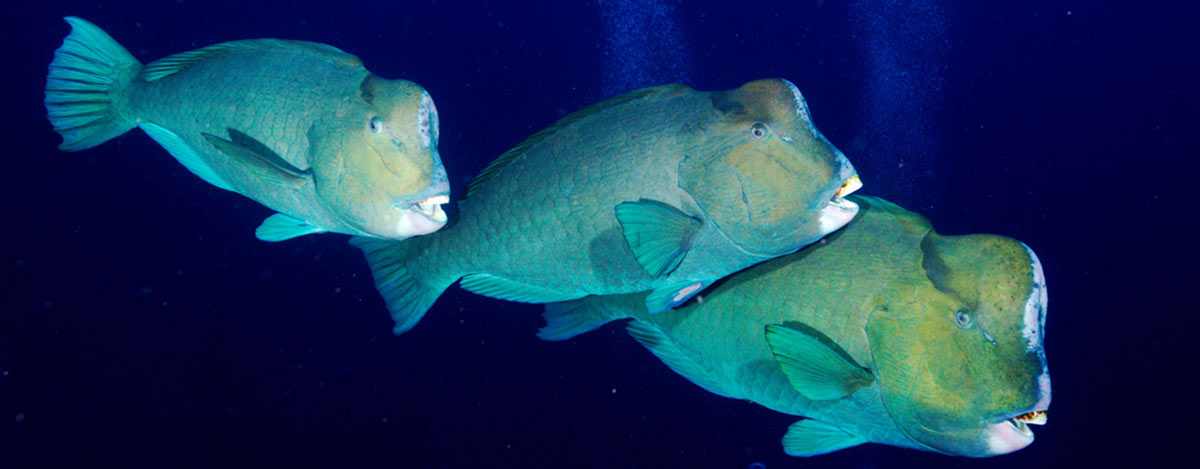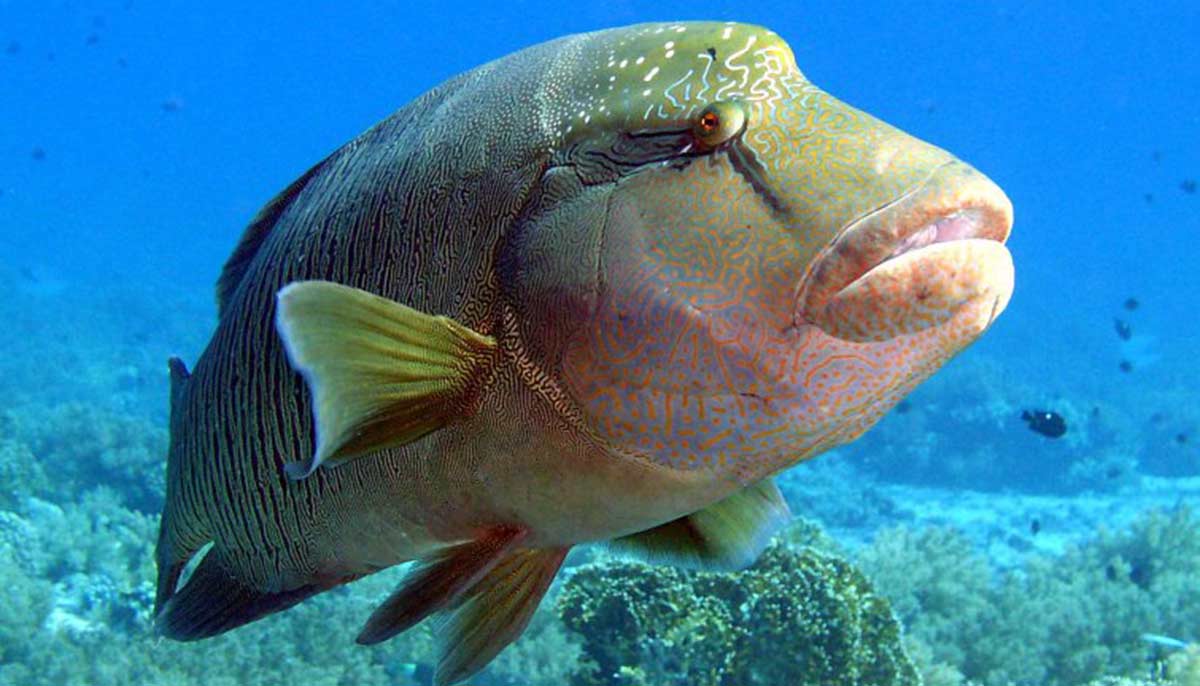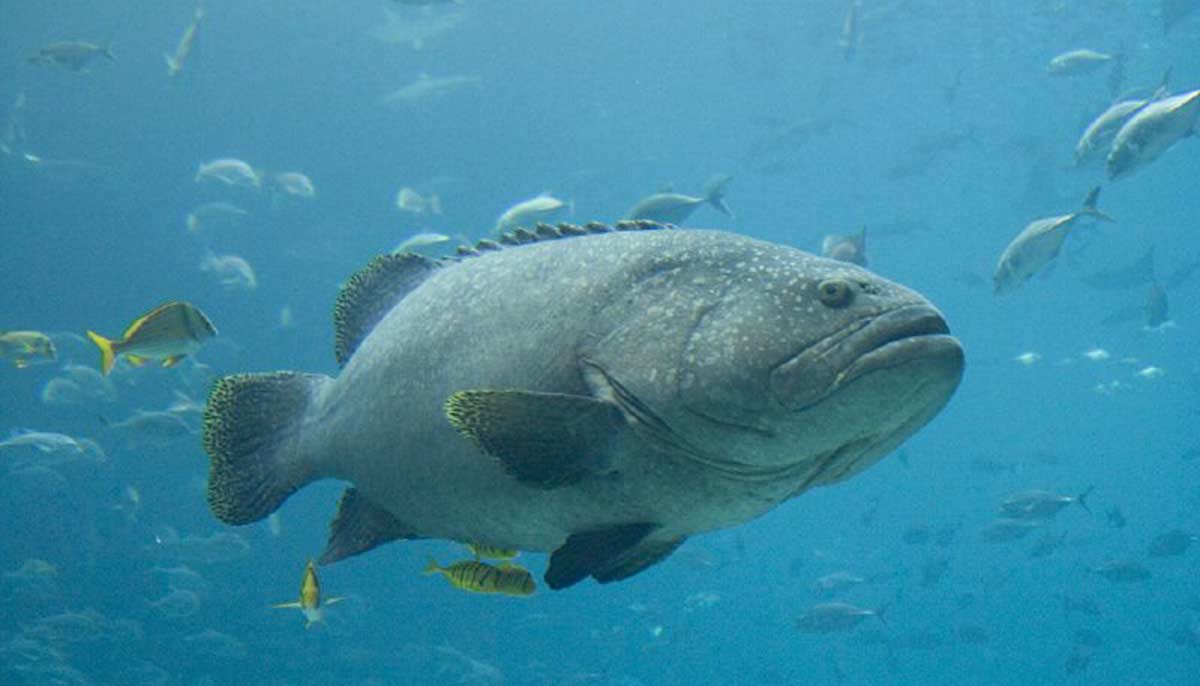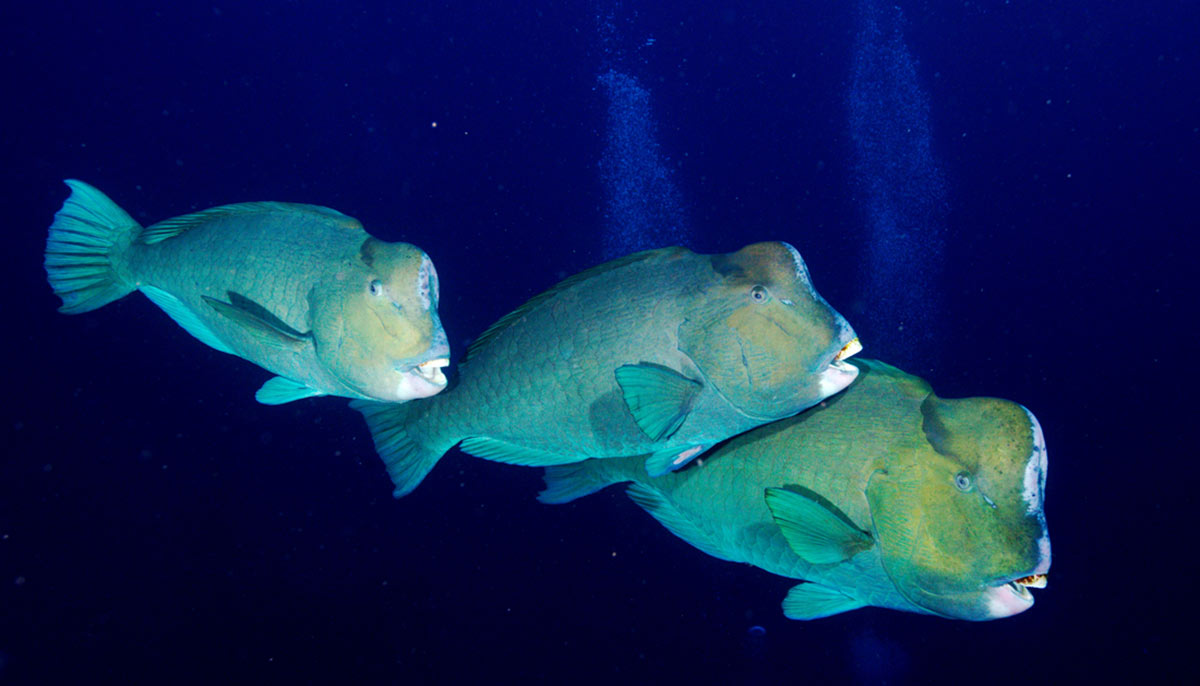FinFish
‘Canaries’ of the ocean highlight threat to world’s ecosystems
Published on: 20 May 2016
Fifty-nine finfish species have ‘disappeared’ from fishermen’s catches in the world’s most species rich and vulnerable marine region, new research has shown.
In the largest study of its kind, experts from Newcastle University, UK, have highlighted the impact that uncontrolled fishing in particular is having on coral reefs.
Drawing on the knowledge of local fishermen in the Philippines, the team were able to build a picture of how finfish populations have declined over the last 65 years.
Recording 59 species that were once common and have now disappeared from catches, the team highlighted five finfish that are now fighting for survival – the green bumphead parrotfish, the humphead wrasse, the African pompano, the giant grouper and the mangrove red snapper.
Publishing their findings this week in the science journal PLOS ONE, the report coincides with Endangered Species Day and highlights the “urgent need for action”.

Sentinels of global ocean change
Lead scientist Nick Polunin, Professor of Environmental Science at Newcastle University, explains: “Most of us still think that nature is unlimited in the oceans.
“But our coral reefs are good sentinels of global ocean change, and like the canary in the coal mine, they’re telling us there’s not much time left for action.
“These losses we’ve recorded in the Philippines are reflective of unsustainable exploitation affecting this exceptionally species rich ecosystem and region but they mirror what is happening in ecosystems around the globe.
“In the forests of India and Bangladesh it’s the tigers and in China it’s the Giant Panda; here in the Philippines we are showing that marine species are also very vulnerable. The list of endangered species is growing and we’re very close to the tipping point.”
.jpg)
Need for urgency
Coral reefs occupy less than one percent of the marine area but they are home to 25 percent of all known marine fish species.
The team focussed their study on five areas recognised for being the most species rich in this region: Lanuza Bay, Danajon Bank, Verde Island Passage, Polillo Islands and Honda Bay.
Asking fishermen to recall their typical good days’ catches over the last six decades, the team used key dates to help link the memories, such as the Japanese occupation of the 1950s, presidents of the 60s and 70s and also photographic evidence.
Conducting 2,655 interviews, 59 finfish names were reported to have gone missing from catches between the 1950s and 2014. Of the five species with highest frequency zero-reported catches in all five areas, four are classed as vulnerable or endangered on the IUCN Red List.
“Similar to the Newfoundland Cod, where we saw stocks crash due to overfishing, these reef finfish populations have been overexploited and they may never recover,” explains Professor Polunin.
“The knock-on effects of losing these species are huge: loss of the big predators is likely to radically affect the structure of the whole system.”
Professor Selina Stead, co-author and Professor of Marine Governance and Environmental Science at Newcastle University adds: “This paper provides clear evidence of the dramatic decline of once common reef fish, and the value of local knowledge in helping to build an accurate picture.
“Governments worldwide increasingly request evidence to support policy change and hopefully this paper will highlight the need for urgency for action.”
Margarita N. Lavides, Erina Pauline V. Molina, Gregorio E. de la Rosa Jr, Aileen C. Mill , Stephen P. Rushton, Selina M. Stead, Nicholas V. C. Polunin
PLOS ONE






